3-METHYL-1,1-DIPHENYLUREA
Synonym(s):N-Methyl-N′,N′-diphenylurea;3-Methyl-1,1-diphenylurea
- CAS NO.:13114-72-2
- Empirical Formula: C14H14N2O
- Molecular Weight: 226.27
- MDL number: MFCD00043722
- EINECS: 236-039-7
- SAFETY DATA SHEET (SDS)
- Update Date: 2025-01-27 09:38:02
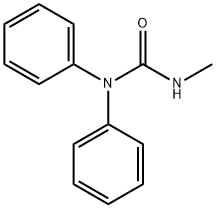
What is 3-METHYL-1,1-DIPHENYLUREA?
The Uses of 3-METHYL-1,1-DIPHENYLUREA
N''-Methyl-N,N-diphenylurea is used in the stabilization of thermal propellants. Temozolomide USP Related Compound B.
Definition
ChEBI: N'-methyl-N,N-diphenylurea is a member of benzenes.
Synthesis Reference(s)
Tetrahedron Letters, 29, p. 651, 1988 DOI: 10.1016/S0040-4039(00)80173-2
General Description
Needles or grayish-white powder.
Air & Water Reactions
Insoluble in water.
Reactivity Profile
3-METHYL-1,1-DIPHENYLUREA is an amide. Amides/imides react with azo and diazo compounds to generate toxic gases. Flammable gases are formed by the reaction of organic amides/imides with strong reducing agents. Amides are very weak bases (weaker than water). Imides are less basic yet and in fact react with strong bases to form salts. That is, they can react as acids. Mixing amides with dehydrating agents such as P2O5 or SOCl2 generates the corresponding nitrile. The combustion of these compounds generates mixed oxides of nitrogen (NOx).
Fire Hazard
Flash point data for 3-METHYL-1,1-DIPHENYLUREA are not available. 3-METHYL-1,1-DIPHENYLUREA is probably combustible.
Flammability and Explosibility
Not classified
Properties of 3-METHYL-1,1-DIPHENYLUREA
| Melting point: | 172-174 °C (lit.) |
| Boiling point: | 367.89°C (rough estimate) |
| Density | 1.0852 (rough estimate) |
| vapor pressure | 0Pa at 20℃ |
| refractive index | 1.6419 (estimate) |
| storage temp. | 2-8°C |
| solubility | DMSO (Slightly), Methanol (Slightly) |
| form | Solid |
| pka | 14.83±0.46(Predicted) |
| color | Off-White to Light Blue |
| Water Solubility | 234.8mg/L at 20℃ |
| CAS DataBase Reference | 13114-72-2(CAS DataBase Reference) |
| EPA Substance Registry System | N'-Methyl-N,N-diphenylurea (13114-72-2) |
Safety information for 3-METHYL-1,1-DIPHENYLUREA
| Signal word | Warning |
| Pictogram(s) |
 Exclamation Mark Irritant GHS07 |
| GHS Hazard Statements |
H302:Acute toxicity,oral H319:Serious eye damage/eye irritation |
| Precautionary Statement Codes |
P305+P351+P338:IF IN EYES: Rinse cautiously with water for several minutes. Remove contact lenses, if present and easy to do. Continuerinsing. |
Computed Descriptors for 3-METHYL-1,1-DIPHENYLUREA
| InChIKey | IMFYAZJNDOZIFV-UHFFFAOYSA-N |
3-METHYL-1,1-DIPHENYLUREA manufacturer
Clickchem Research LLP
New Products
Indole Methyl Resin tert-butyl 9-methoxy-3-azaspiro[5.5]undecane-3-carboxylate Boc-His(Boc)-OH 2-CTC Resin 4-Chloro-7-tosy1-7Hpyrrolo[2,3-d]pyrimidine 5,7-Dibromo-1H-indole 2,5-dichloro-N-hydroxy-4,6-dimethylpyridine-3-carboximidamide 2,2-Dimethoxy-7-azaspiro[3.5]nonane hydrochloride 4-chloromethyl-5-methyl-1,3-dioxol-2-one (DMDO-Cl) R-2-BENZYLOXY PROPIONIC ACID 1,1’-CARBONYLDIIMIDAZOLE 1,1’-CARBONYLDI (1,2-4 TRIAZOLE) N-METHYL INDAZOLE-3-CARBOXYLIC ACID 4-((2-hydroxyethyl)thio)benzoic acid 1-(TERT-BUTOXYCARBONYL)-2-PYRROLIDINONE Methyl 6-methylnicotinate 3-Pyridineacrylic acid tert-Butyl carbazate TETRAHYDRO-2H-PYRAN-3-OL 2-((4-morpholinophenylamino) (methylthio) methylene) malononitrile 3-(4-morpholinophenylamino)-5-amino-1H-pyrazole-4-carbonitrile 2,4-dihydroxybenzaldehyde 1,3-Diethyl-1,3-Diphenylurea Methyl 2-methylquinoline-6-carboxylateRelated products of tetrahydrofuran


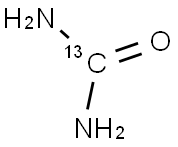


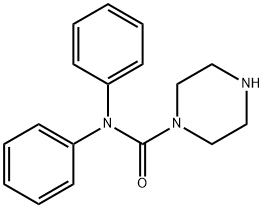
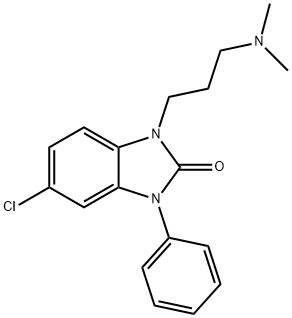
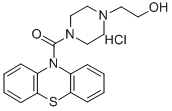
You may like
-
 13114-72-2 3-METHYL-1,1-DIPHENYL UREA 98%View Details
13114-72-2 3-METHYL-1,1-DIPHENYL UREA 98%View Details
13114-72-2 -
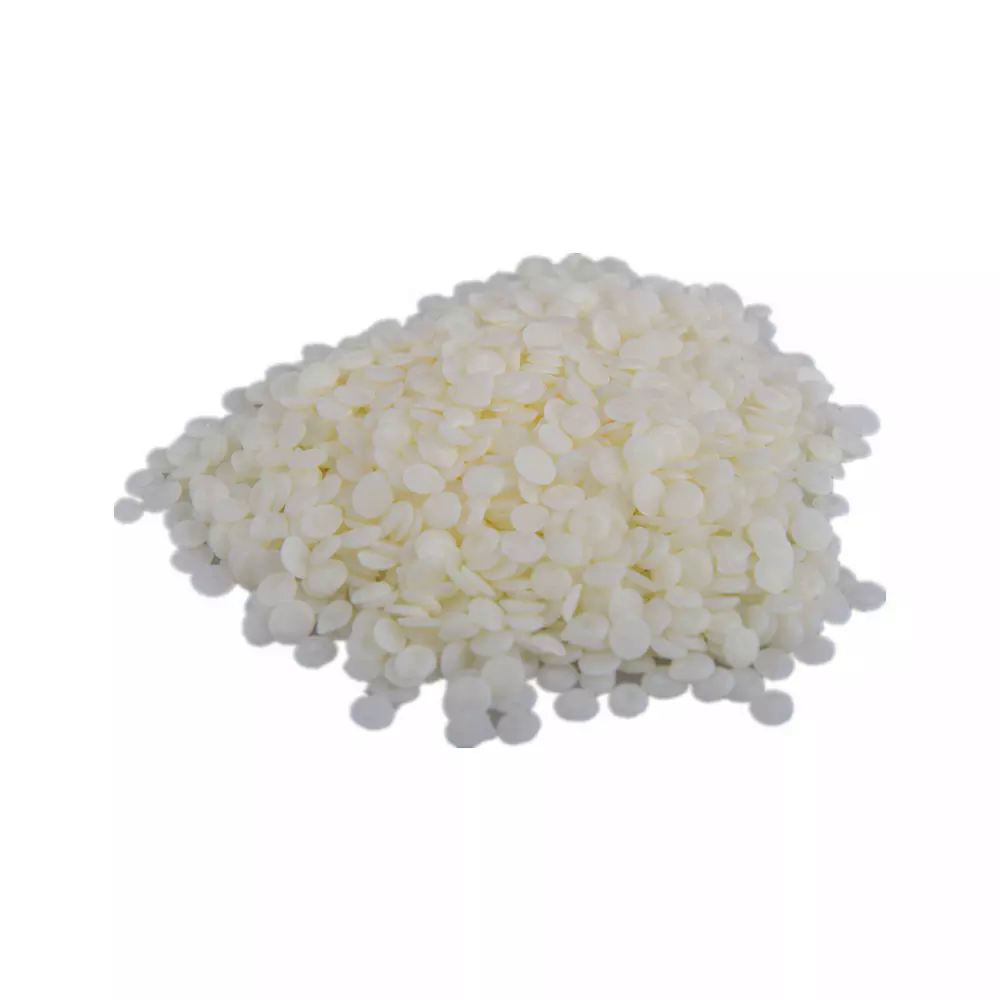 13114-72-2 99%View Details
13114-72-2 99%View Details
13114-72-2 -
 Temozolomide Related Compound B CAS 13114-72-2View Details
Temozolomide Related Compound B CAS 13114-72-2View Details
13114-72-2 -
 3-Methyl-1,1-diphenylurea CAS 13114-72-2View Details
3-Methyl-1,1-diphenylurea CAS 13114-72-2View Details
13114-72-2 -
 TEMOZOLOMIDE USP RELATED COMPOUND B 13114-72-2 90 % AboveView Details
TEMOZOLOMIDE USP RELATED COMPOUND B 13114-72-2 90 % AboveView Details
13114-72-2 -
 Pyridine 99.5% HPLC /UV SpectroscopyView Details
Pyridine 99.5% HPLC /UV SpectroscopyView Details
110-86-1 -
 Dibutyl PhthalateView Details
Dibutyl PhthalateView Details
84-74-2 -
 Thiourea 99% ARView Details
Thiourea 99% ARView Details
62-56-6
